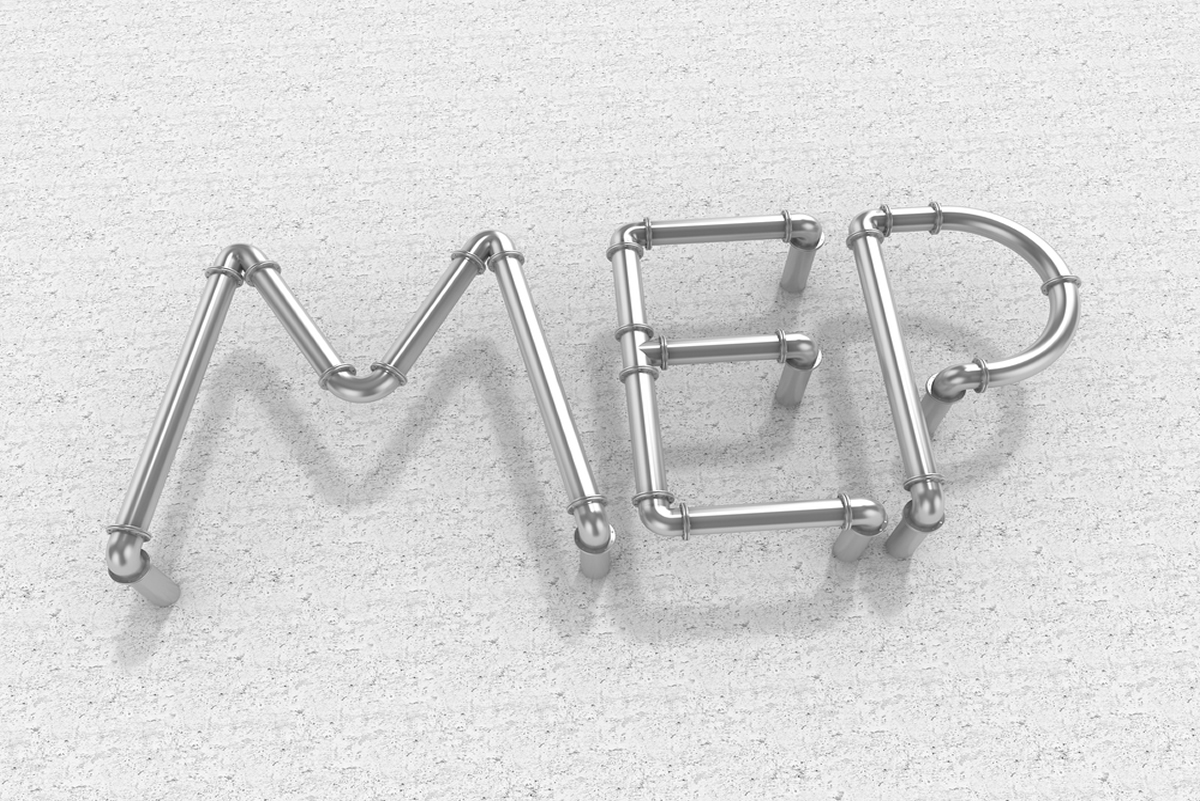The COVID-19 pandemic has disrupted the world in unprecedented ways, affecting every aspect of life and business. The engineering and

The MEP design process in Los Angeles is a complicated one. It starts with a building’s schematic design and ends with its construction phase. This process is composed of three phases: conceptual (design), schematic (design), and construction drawings (construction).
A mechanical engineer is responsible for designing the MEP systems for all buildings, including residential, commercial, and industrial buildings.
MEP Engineering Improves Buildings Efficiency and here we will be sharing efficient methods that employ MEP engineering services, to upgrade existing buildings and make them more energy-efficient while maintaining the design and character of their original structure.
It’s necessary to know what the potential risks, costs, and results are for each energy-saving solution—before going too far along in the renovation design process to achieve the owner’s energy goals.
A great way to do that is through energy modeling. It consists of doing a virtual analysis of a building’s energy use, identifying problem areas, and then evaluating and examining different possibilities for enhancing energy efficiency.
Using energy modeling, you’ll be able to know what the current energy consumption of a building is, as well as make precise predictions about expected bills and other costs related to heating, lighting, and cooling.
This type of modeling also facilitates choosing high-efficiency equipment and estimating the advantages of solutions, such as wind turbines and photovoltaics.
Determining how to improve the energy performance of an old building is indeed challenging. However, Building Energy Quotient (bEQ), a rating program from ASHRAE, presents standards and ways to increase the operational and financial performance of a building.
Using bEQ, you will be able to understand how a building consumes energy, determine expected building performance, and evaluate costs and payback to improve energy efficiency. This program focuses on getting the greatest return on investment while maintaining a high level of comfort for building occupants.
Windows play a significant role in revealing the overall aesthetic appeal and style of a building. They are usually custom-fit, and replacing them with new windows may necessitate adjusting the shape and size of the opening. The installation of new windows also consumes high quantities of resources and energy: from materials used during production to the gas used during transportation and then the disposal of the windows.
While all these factors may encourage you to keep your old windows, chances are they aren’t working in a very eco-friendly way.
Using retrofits windows, such as cellular shades, storm windows, and insulating shades, you can help prevent any air leaks and enhance a window’s energy performance. Caulking to drafty areas or adding weather stripping around your windows can also be an excellent first step to increase energy savings.
In addition to windows, several other factors can be responsible for air leaking in and out of an older building, which expands cooling costs in the summer and heating costs in the winter. These factors can also allow damaging moisture to accumulate inside your building.
The tops and bottoms of exterior walls, fissures at the bases of walls and around doors and windows, recessed lighting fixtures and the intersection of walls and attics should all be sealed to restrain air leakage and make your building more energy-efficient That’s how MEP Engineering Improves Buildings Efficiency
About Author
InnoDez